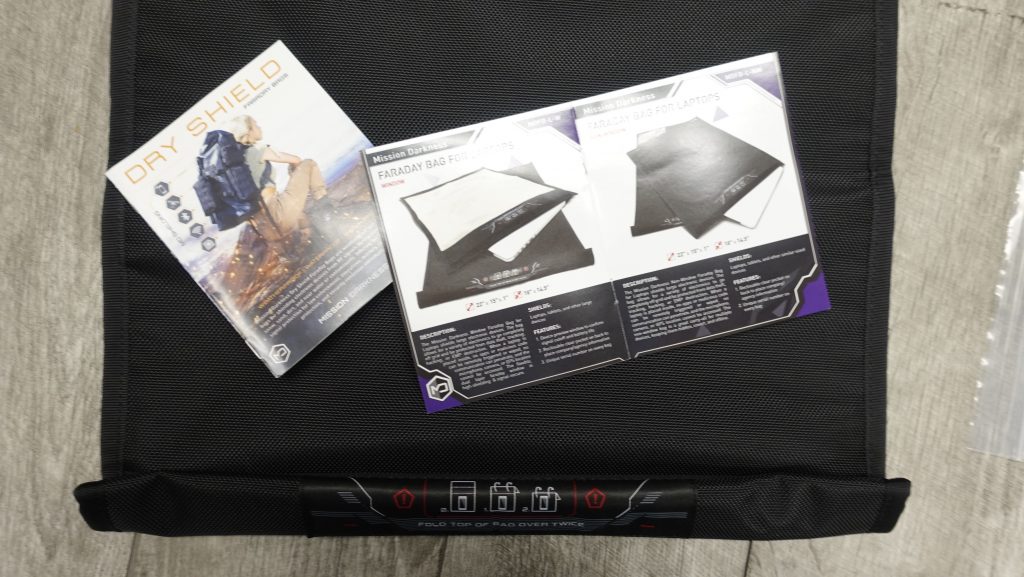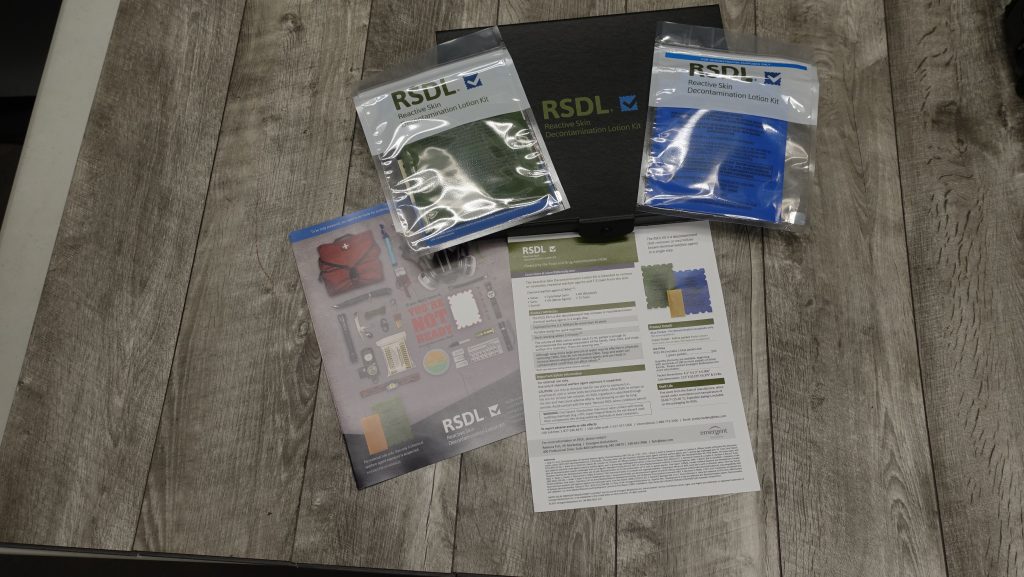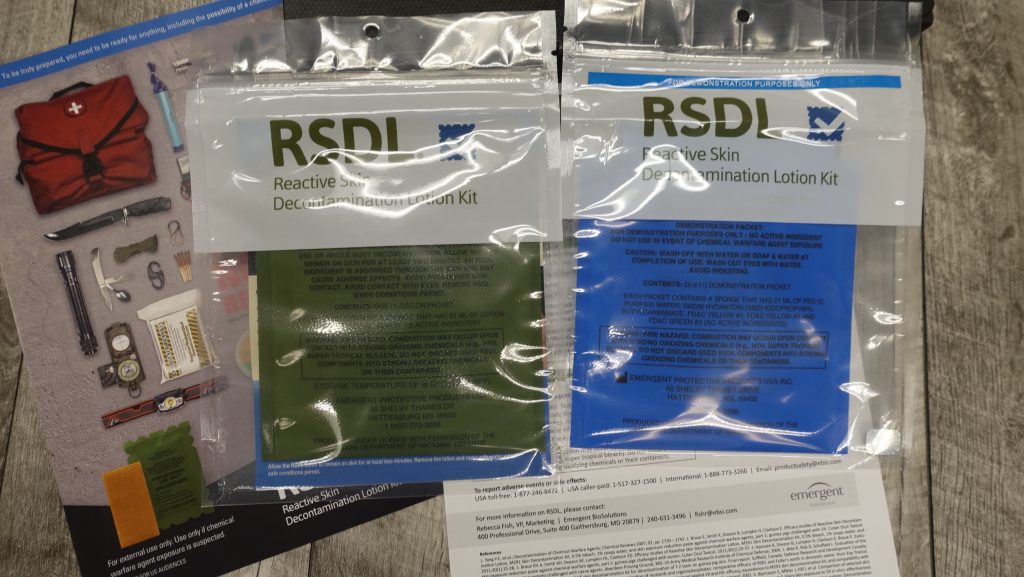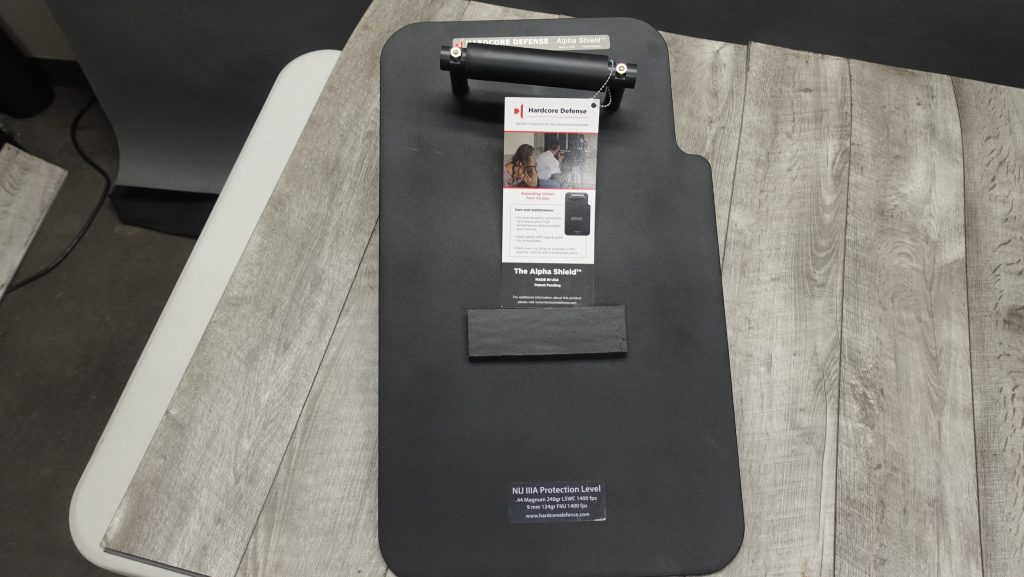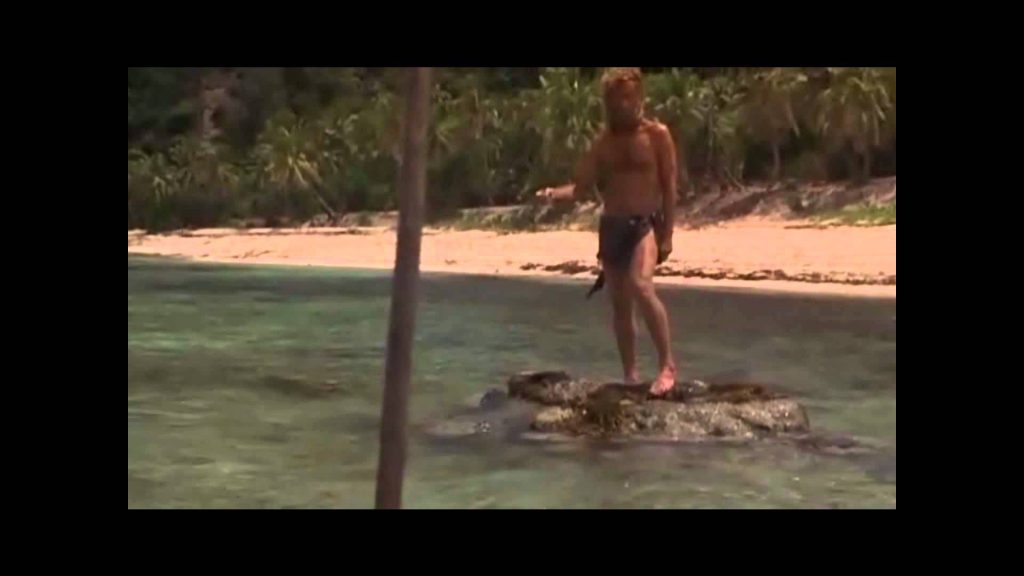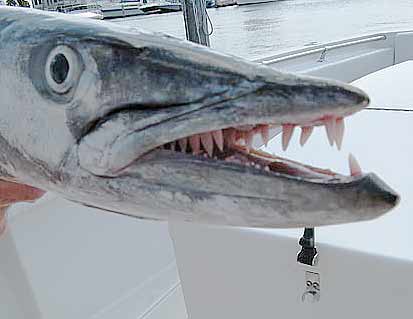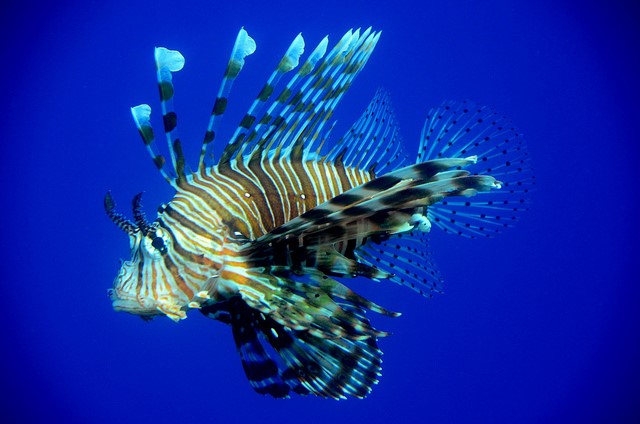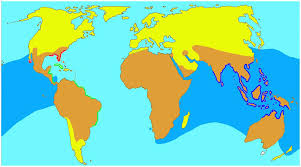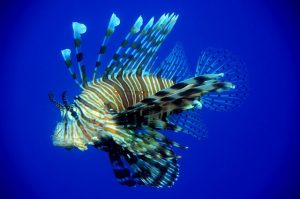Editors Note: An article from Jennifer Moran to The Prepper Journal. If you live near the ocean or visit the ocean you should be prepared for what dangers lurk beneath the surface. An abundant source of food for the world, not everything you encounter there will be something you will want to eat, or even be in the vicinity of. Most fish bites are more the result of man’s clumsiness combined by the fact that, like all wild animals, fish do not recognize where the food ends and you begin. As all preppers know feeding any wild animal is a fools folly. As always, if you have information for Preppers that you would like to share and be entered into the Prepper Writing Contest with a chance to win one of three Amazon Gift Cards with the top prize being a $300 card to purchase your own prepping supplies!
As a fisherman, before you set out on the water to fish, you may be expecting the species you want to catch. But in reality, you may encounter a lot more species of fish than you anticipated. In the vastness of the sea, there will be other fishes along with your target fish that you should also pay attention to. Why? As with all animals, knowledge is power and marine creatures can be dangerous if we don’t know their behavior or specific defense mechanisms.
There are some who are passive and don’t try to counterattack us while there are others that may attack, induce or inject poison or venom when threatened. Knowing their dangerous natural defenses will go a long way in helping us avoid contact with them and to act with care should you be in their environment. In a SHTF, TEOTWAWKI world we may indeed be lucky enough to be close to an ocean to reap the benefits of its endless supply of food.

What Makes Them Dangerous
They Have Sharp Teeth

Some can be quite aggressive and strike prey or perceived threats by using their large jaws filled with razor-like teeth. In fact, fish are carnivorous, there are few vegetarians in the ocean (unless they fell off a cruise ship.)
They Have Spines

The larger the fish, the larger are its spines which may possess venom, poison or can puncture your skin. Not all fish have spines, spines found in some fish such as in the fish that will be mentioned later have venom that can severely injure you, even kill you.
They Sting

The spines or even a substance-release of some species may cause intense pain, burning, throbbing and swelling, and in some cases death. There are fish that release toxins such as the box fish that cause damage to red blood cells.
They Give Electric Shock
Some fish may send or hit with electric shock when threatened or when attacking prey, specifically the electric eels. They constantly give weak electric charge even if they are not threatened. It can give off as strong as 600 volts which is high enough to kill a fish or prey. But Elephant-nose fish, the Platypus, some small sharks and even electric rays can produce a jolt when threatened.
The Dangerous Fishes
Saltwater Catfish

Most species of catfish living in saltwater are venomous. Even freshwater catfish have spines that cause a painful sting. The Bullhead catfish has spines (2 in lateral, 1 in dorsal) that can prick deep into your skin. Gafftopsail are a common catch in the Gulf of Mexico and Atlantic. Their strong spines sting most fishermen. There is instantly a searing pain or allergic reactions for some. The sting isn’t particularly dangerous but it’s best to treat the wound right away.
Barracuda

They are pretty aggressive fish because they will attack humans who are swimming, they are drawn to shiny objects, and they are very fast swimmers. (Editor’s Note: I can say that encountering one up close and personal in John Pennycamp Coral Reef State Park off Key Largo taught me how to sweat underwater. It was in this same area about a year later that I was forced to dispatch an aggressive lemon shark with my bang-stick.) There are also instances reported of them attacking fishing boats. It has sharp flashing teeth in large opening jaws. Their bite can cause serious blood loss and tissue damage. A dead barracuda can still be dangerous because its flesh releases toxins called ciguatera. They live in tropical deep sea regions, near the coral reefs or in continental shelves.
Sharks

The fact is they have razor-like teeth which continuously grow through their lifetime, sharks should always be considered dangerous. Most shark species are shy (nurse sharks, black tips) but may attack if you are there while it is hunting, and they do little else. The most aggressive shark is the great white and probably has the most recorded human attacks. Other aggressive and powerful sharks are the tiger shark, bull shark and lemon shark.
DID YOU KNOW THAT?
Sharks generally don’t like to eat humans. A bold statement and many cases where this has proved untrue when sharks are in abundance and there is blood in the water. While most shark attacks on humans are not fatal (unless you are in a movie) if there is news of shark attack, the victims usually survive, of course, depending on the bite and their proximity to medical care. Sharks generally find humans unpalatable as they prefer high-fat content animals such as sea lions (remember that when asking for the extra queso at Taco Bell). Sometimes, they also mistake humans as seals or sea lions and that singular bite can indeed be fatal.
All sea snakes are poisonous. They range the temperate waters of the equator across the pacific as well as off the Atlantic coast of Brazil with the highest concentrations in Oceania. They are not particularly aggressive but deserve respect and distance should you encounter one.

All jelly fish are poisonous, the most common can be found in any ocean and produce a painful sting. Urinating on a sting to relieve the pain was debunked a decade ago (sorry Monica and Joey.) The Box Jellyfish is considered the most poisonous creature on earth. Its sting is beyond painful and it is so venomous it will kill you within two minutes if you receive 6 feet or more of tentacle contact. The average length of their tentacles is 9 feet and there are 15 on each side. In spite of the earned reputations of the poisonous snakes of Asia and Africa, the Box Jelly wins the speed death race.
Now, to some fish you are likely to encounter while wading in along the shore fishing or spearfishing:
Scorpion Fish

This fish is a relative of the lion fish but they have shorter and thicker spines connected to a large gland that produce the venom. The California Scorpion fish (sculpin) have deep grooves instead of spines that store the strong venom. Their sting is likened to the effect of rattlesnake bite because of the pain it causes. The venom is a combination of protein, a neuro-muscular toxin, and a neuro-transmitter called acetylcholine.
Rockfish

The rock fish have obvious spines that contain a painful and powerful venom, a puncture wound may cause serious to life-threatening effects. The venom is made out of crystalline molecules that attack pain receptors. So initially, the victim feels intense pain, burning sensation along with throbbing and swelling of the wound area. Victims may experience fever. Some people exhibit allergic reactions. Immediate medical attention is required. These are most often encountered by stepping on them along a seashore as they camouflage well with the rocks and coral.
Lionfish

Lionfish are fins-showy fishes that are beautiful but has a very unpleasant effect if you get punctured by its spines. They are pretty large in population along the southeastern coast and throughout the Caribbean. Fascinating to watch – from a distance.
Their sting is very painful and soaking the wound in hot water for 30 minutes can lessen the pain. Although it is avoided for its spines, it is still fished for its delicious meat. Wear gloves when handling this fish. Better yet, watch a skilled local handle it for you.
Ray Fish

Rays have a variety of species exhibiting various defenses such as venom or producing electric shock. Most of its sting are found and done by its tail. The loss of Steve Irwin brought this home to millions. Stingray’s venom can cause pain so intense that victim becomes delirious. Electric stingray produces an electric shock which they do so by hitting or emitting. There is no recorded fatality with electric stingray.
Ray fish are normally pretty stealth. They hide in the sand or camouflage with the sand along the bottom. When prey gets close, they are ready to defend themselves. It is a common practice for waders in Florida waters to shuffle their feet in the low tide sand bars that are exposed to scare away any rays that are just under the sand.
Electric Eel

This snake-like eel is found mostly in the fresh-waters of South America and it is really a fish more than a true eel like a Moray eel. It deserves a mention here because of its unique nature. They are notorious for their electric shock which can be fatal. The fish may emit 600 V typically but can reach up to 700 V if it attacks. Under normal condition, it constantly produces 10 V to its environment. They do so as their means of communication and searching for prey as they have very poor vision.
Puffer Fish

Puffer fish are known because of their unique appearance. These balloon-like creatures have spines. Aside from its appearance, they are notorious because some are poison to eat. The poison is a neurotoxin called tetrodotoxin. Mainly, the toxins are found in the liver and ovaries. There are other species that have toxins in their skin and muscles in small quantities. Also, of the 120 species, not all puffers are poisonous, so it is like picking mushrooms from toadstools, in the dark, with blinder on….pass given the opportunity, especially if offered by a sushi chef in Japan.
Box Fish

Box fish are small with a rectangular bony body with spots. They live in seagrass beds or coral reefs in tropical waters and are related to puffer fish. Indeed they are related because box fish also possess the deadly toxin called pahutoxin. The only difference between them is that box fish release its toxin to its environment through its skin. The toxin works by dissolving the prey, like an acid. The chemical pahutoxin is toxic to any biological systems or basically to any living organism.
Stonefish

Stonefish are expert in camouflage. They are almost imperceptible when they blend with corals or stones in the sea. Their poisonous venom is located in their 13 sharp upper spines. The sting can be fatal if not properly treated. Once stung, victim experiences swelling, throbbing and burning sensation in the wound area. The toxin of stonefish is called verrucotoxin. Its effects include intense pain, respiratory weakness, damage to the cardiovascular system, convulsions and paralysis, sometimes leading to death. They are mainly found in the Indo-Pacific regions.
What Preventive Measures You can Do
Whether you are swimming or fishing in the open water. It’s very likely that you will encounter many different fish and the chance of meeting one or two of these venomous or dangerous fish is always a possibility. It’s better to know the species found in your area and get to know them so that when you actually encounter them, you will know what to do. Don’t panic but rather move away or handle them properly. Use gloves and other protective gear for any chance encounter with them, and should you catch one while fishing release it as carefully as possible or dispose of it properly.
Conclusion
All fish have defensive mechanisms and there are literally thousand of others that one would like to avoid. The ones selected herein are the ones most likely encountered close to land and not all have special features that make them dangerous and deadly. They are not readily dangerous if not provoked or if mishandled. Hopefully knowing them, their nature and behavior will make you not burst into panic if you encounter them. They, we assume, are like us and require respect in their home environment.
Follow The Prepper Journal on Facebook!
. How prepared are you for emergencies?
#SurvivalFirestarter #SurvivalBugOutBackpack #PrepperSurvivalPack #SHTFGear #SHTFBag



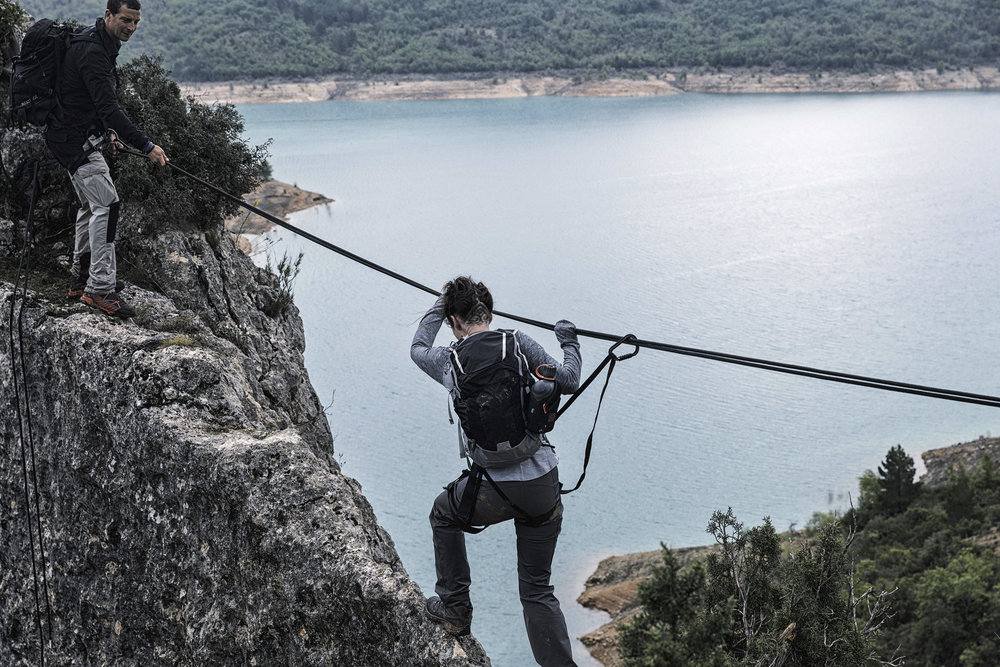







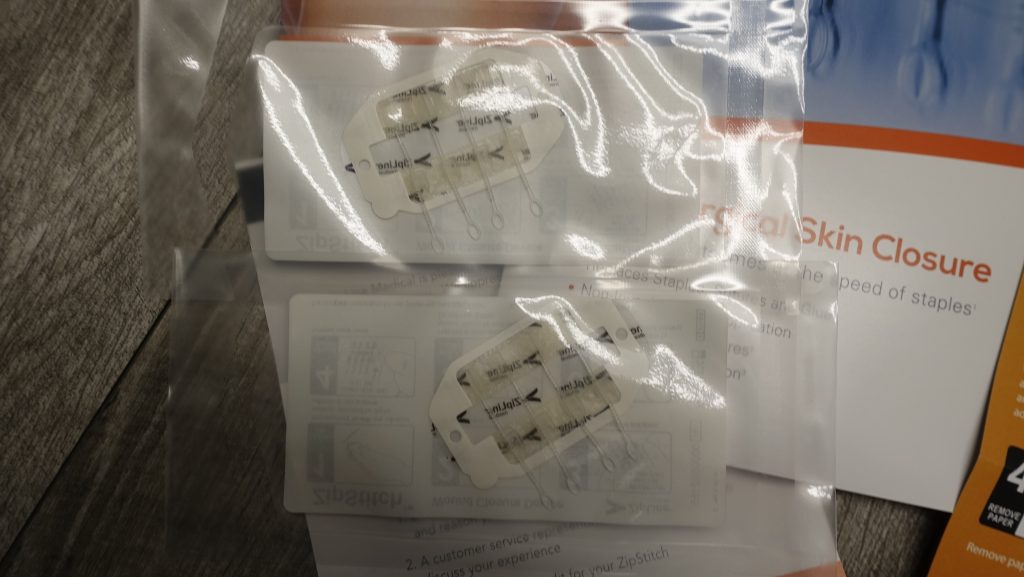
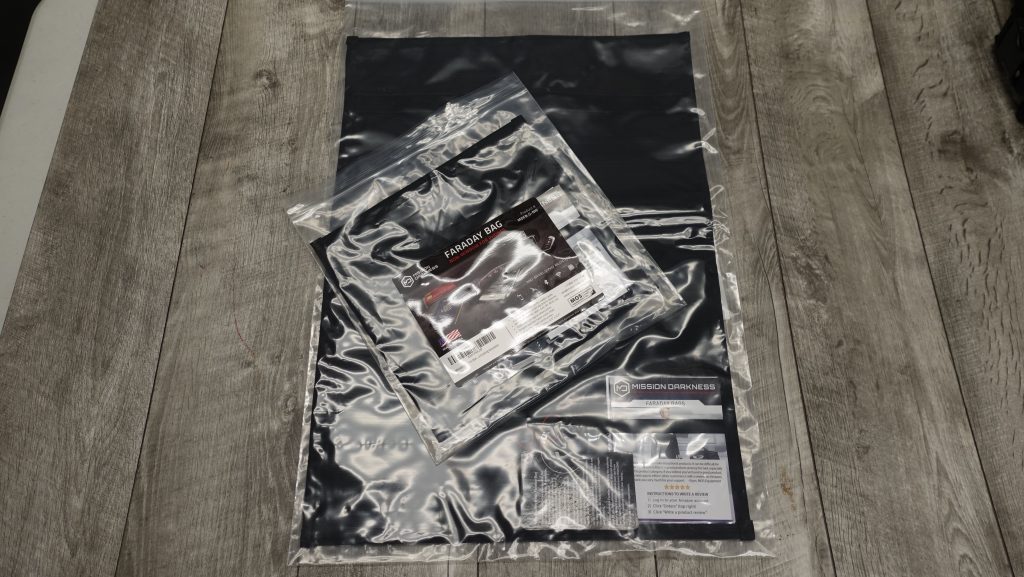
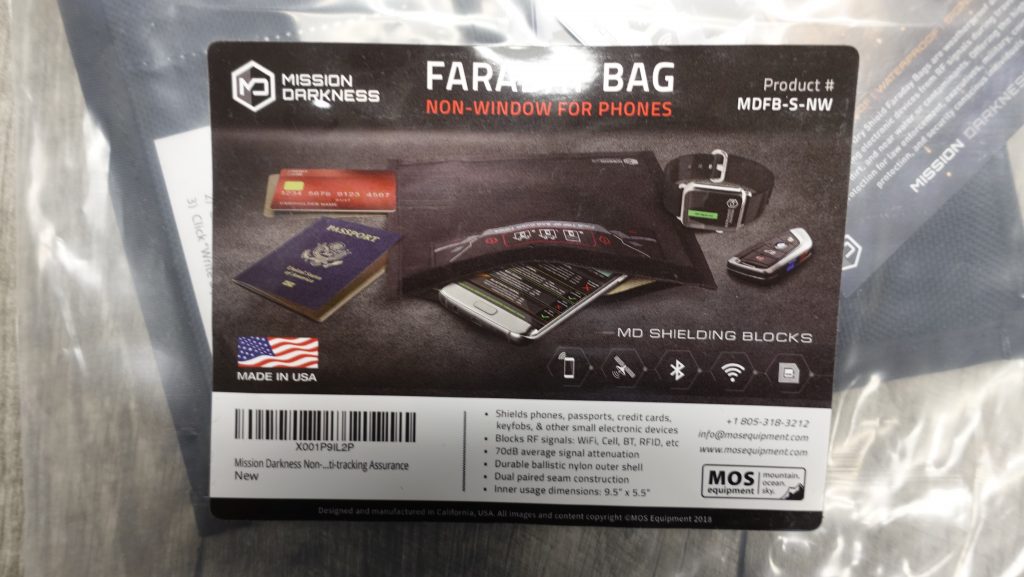
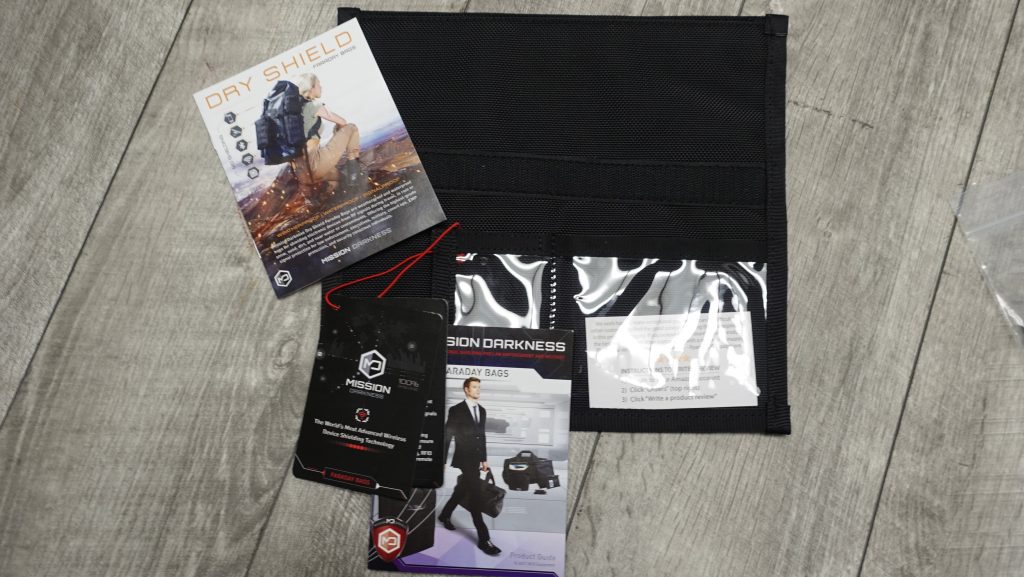 The bag
The bag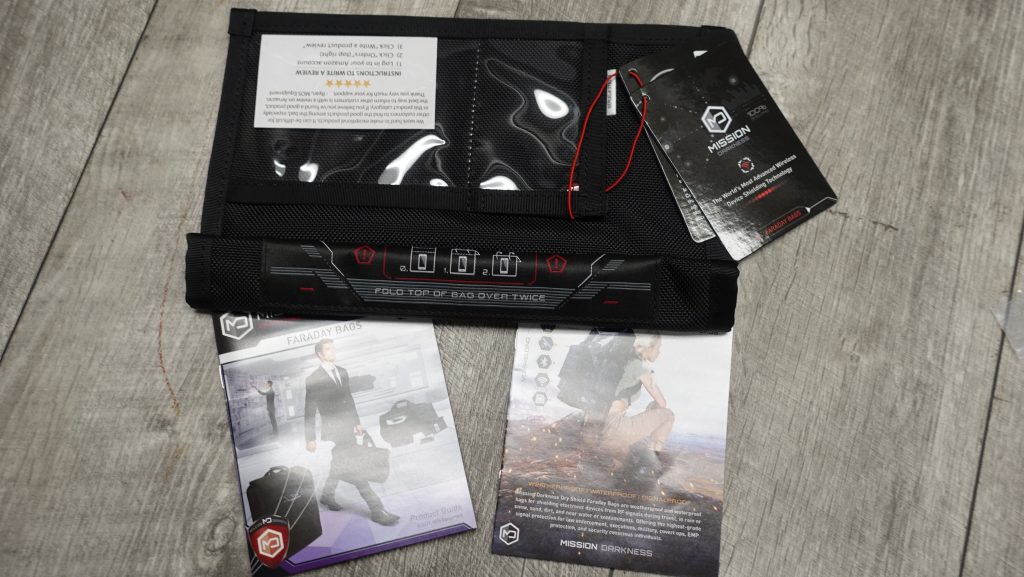 The bag filled with the closure properly engaged
The bag filled with the closure properly engaged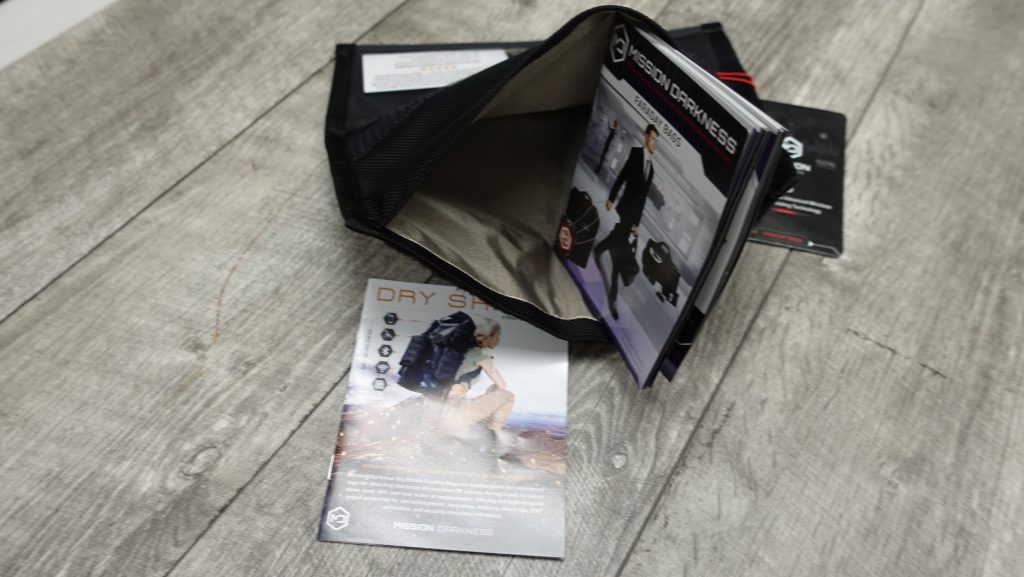 The enclosure.
The enclosure.